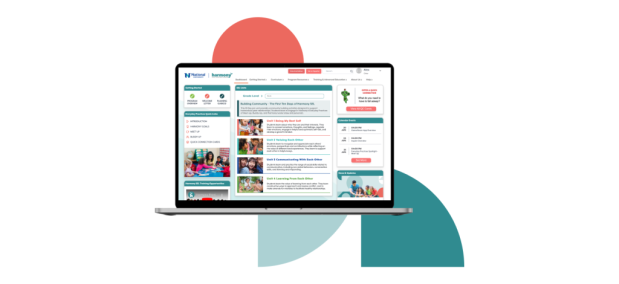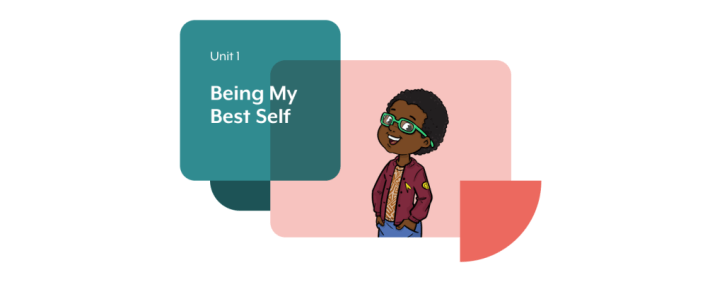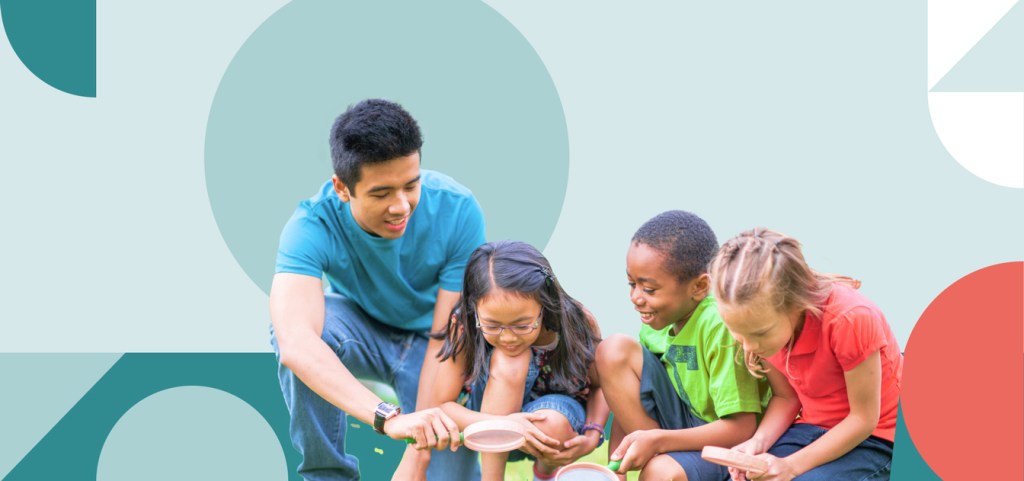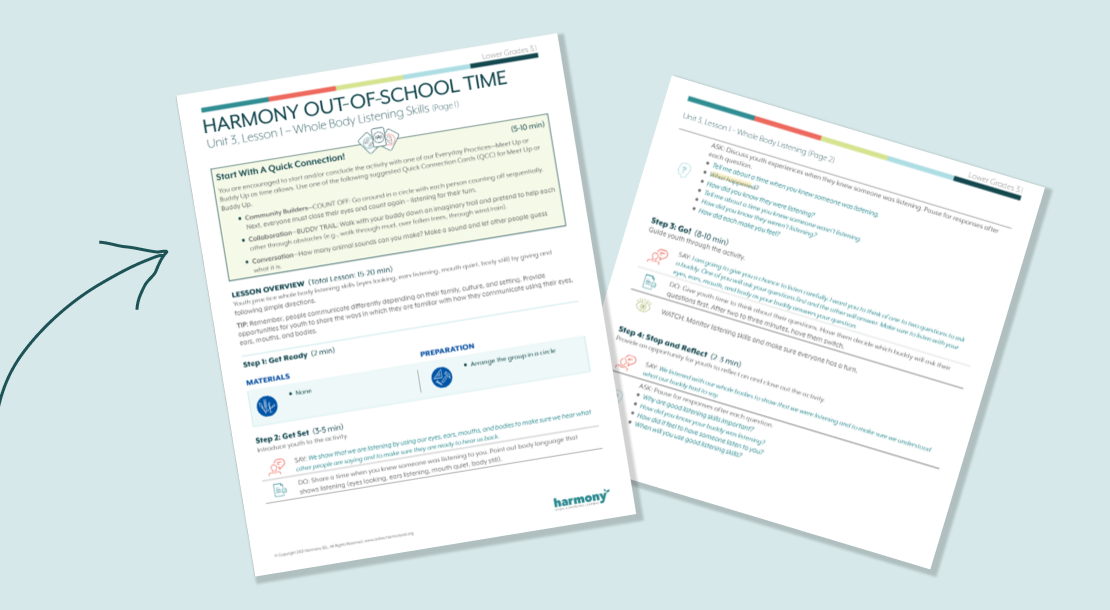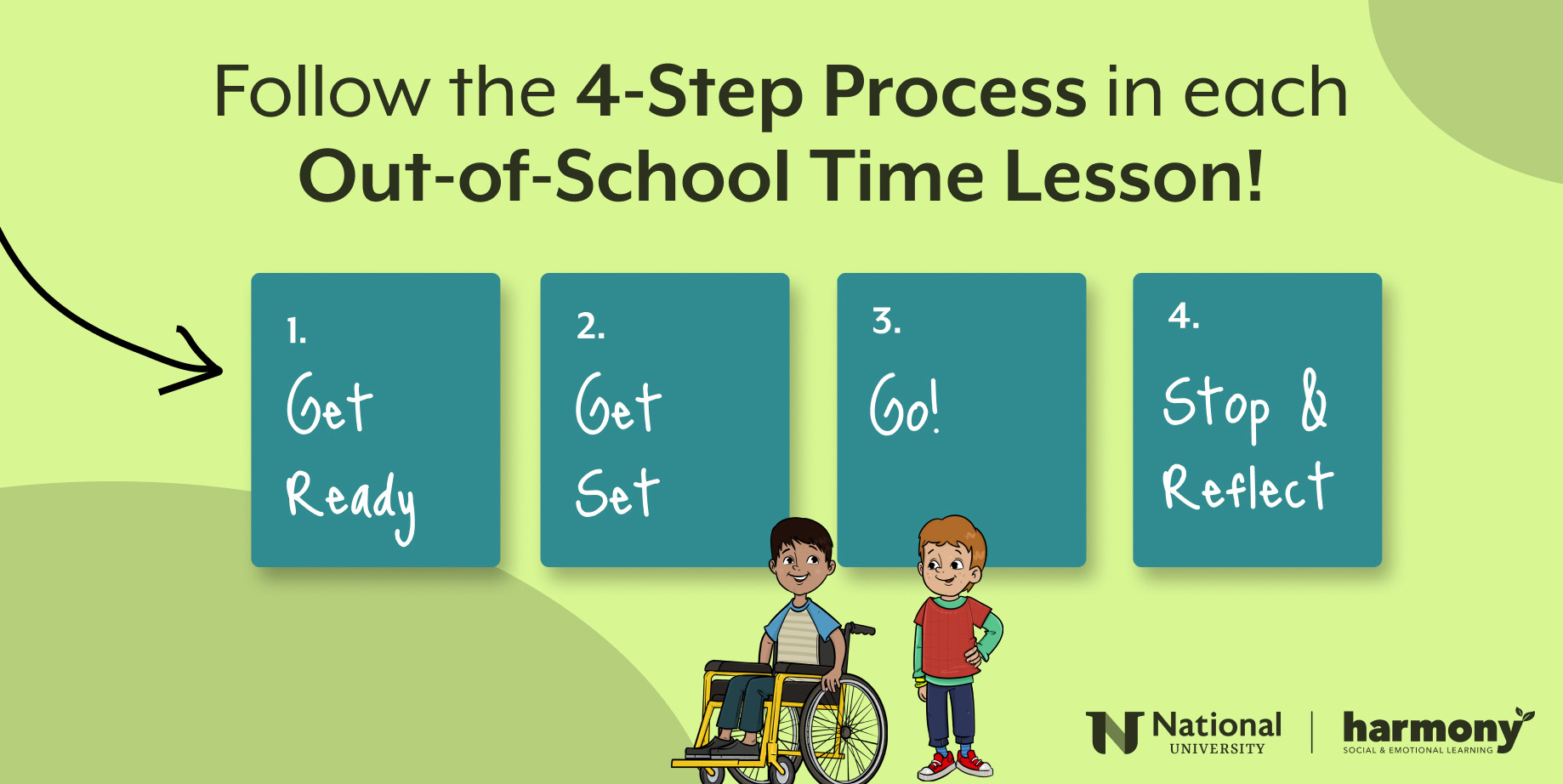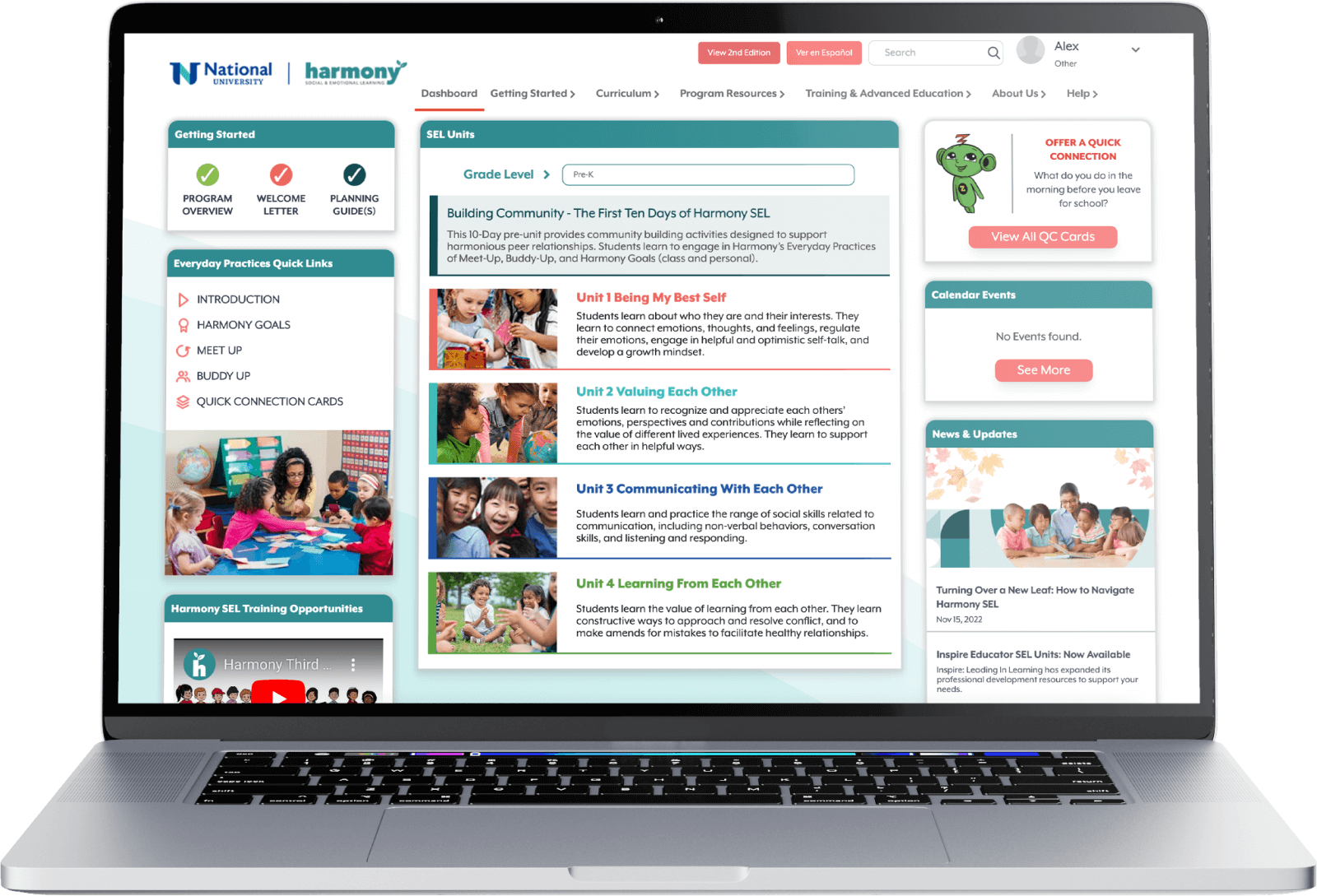
We live in an information age where new knowledge and technologies are emerging rapidly and creating jobs of the future that we do not even know exist yet, and the ability to adapt, learn, and grow is more important than ever. To thrive in such an environment, cultivating a growth mindset is essential. Social and emotional learning (SEL) is pivotal in fostering this mindset. Harmony Academy, backed by National University’s Whole Human Education, proudly offers a holistic approach to help individuals embark on lifelong learning.
What does a growth mindset entail?
A growth mindset is the belief that abilities and intelligence, such as social and emotional intelligence, can be developed through learning opportunities. Embracing a growth mindset encourages resilience, a love for learning, and a willingness to embrace challenges and failures as opportunities for growth.

How does having a growth mindset and social and emotional learning connect to the Whole You?
As a leader in social and emotional learning, National University offers resources and programs to enhance student learning outcomes and increase educator impact in the classroom and beyond.
Focusing on the Whole Human, National University takes a holistic approach to student well-being through a supportive ecosystem that measures financial, social, and emotional success as well as through family, community, and career.
National University’s College of Education has developed an interactive, engaging, and innovative professional development website that houses digital playbooks and other resources focusing on Social Emotional Learning (SEL) for teachers. Each playbook features in-action scenarios, steps for classroom implementation of SEL, guided reflections, and a place to share ideas and best practices.
Mastering new knowledge and skills takes time and is part of the learning journey. It is important to keep a growth mindset while learning how to integrate core social and emotional competencies in all that you do. It is worth the investment as it ultimately supports the Whole You!
Social and emotional learning is an educational framework that develops self-awareness and interpersonal skills. Through this process, SEL can provide individuals with opportunities to build resilience and the emotional regulation skills to bounce back and persevere. A growth mindset acknowledges that mistakes and failure are essential parts of learning, and SEL provides the emotional tools and relationship-building strategies to navigate these setbacks constructively.
Harmony’s Every Practices, such as Buddy Up and Quick Connection Cards, and their units specifically curated for grades Pre-K – 6th including Being My Best Self and Communicating with Each Other encourage collaboration, teamwork, and empathy. These interpersonal skills are essential for embracing a growth mindset, as learning involves seeking help from others, sharing knowledge, and understanding different perspectives.
How does Harmony offer a comprehensive approach to cultivating a growth mindset through SEL?
Harmony approaches this mission through:
- Curriculum Integration: Harmony integrates social and emotional curriculum principles into daily classroom teachings, ensuring that social and emotional learning is intertwined with academic learning. This approach helps students see the connection between life skills and academic and personal growth.
- Teacher Training: Harmony provides professional development and training for educators to implement SEL practices in the classroom effectively. Teachers play a pivotal role in modeling and fostering a growth mindset in their students.
- Real-World Application: SEL is not limited to the classroom. Harmony Curriculum encourages students to apply their social and emotional skills in real-world scenarios, essential for developing a growth mindset in practical situations.
How and where can I get started?
- Explore Harmony Professional Learning: (previously Inspire Leading in Learning) our 88 on-demand learning modules are dedicated to fostering community, belonging, and supporting the Whole Educator™. These modules can also provide up to 9 free graduate credits for the National University’s Master of Arts in Education with a SEL emphasis. Explore this more here!
- Register for An Upcoming Live Webinar: Our monthly hour-long webinars with thought leaders and Harmony partners help inform educators about social and emotional learning and provide practical strategies that can be used in schools and organizations worldwide.
- Explore our YouTube Channel: Explore past webinars, summits, and Harmony How-Tos on our YouTube channel.
- Book a Demo: Bring Harmony into your school with a demo with one of our professional learning specialists! Learn how to add it to your daily teaching or out-of-school time programs.
Are you looking for more information on this topic? Reach out to harmony@nu.edu, and we are ready to support your no-cost journey to social and emotional learning!



